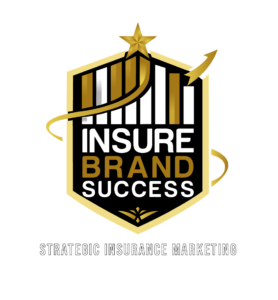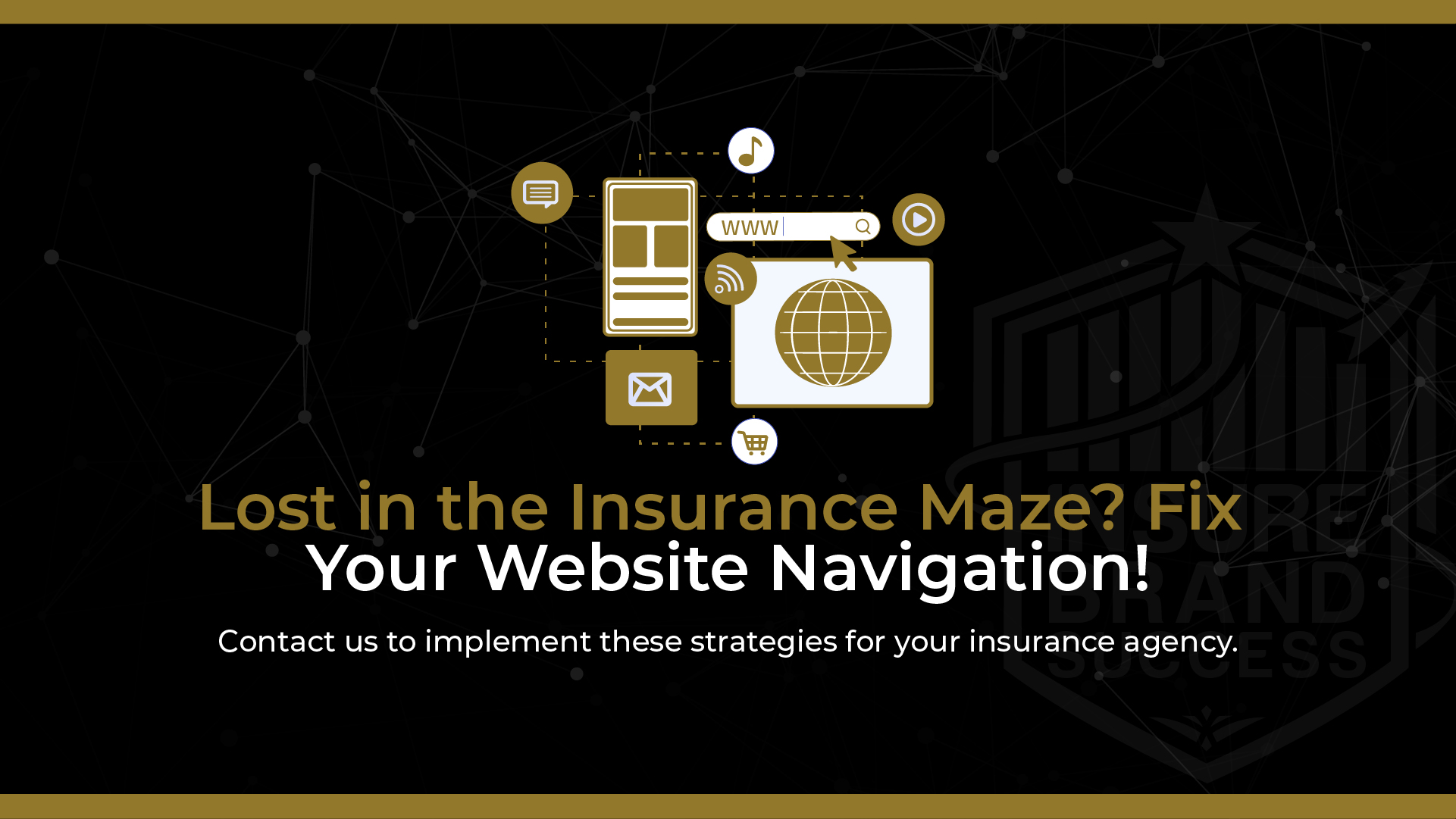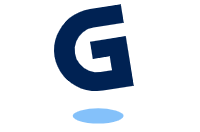In today’s competitive digital landscape, an insurance agency’s website is more than just an online presence—it’s a powerful tool for generating leads and converting visitors into clients. However, if your website is difficult to navigate, visitors are more likely to leave before taking the crucial next step. A user-friendly, intuitive navigation structure is key to ensuring your potential clients find the information they need quickly and easily. In this post, we’ll dive into optimizing your website navigation to create a seamless user experience that drives conversions.
Why Website Navigation Matters for Insurance Agencies
Insurance agencies deal with complex products that can be challenging for potential clients to understand. When people visit your website, they’re looking for answers about policies, coverage, and pricing. If they can’t easily find the information they need, they’re likely to leave and visit a competitor’s website.
Here’s why well-structured navigation is essential:
- Reducing Bounce Rates: A confusing or cluttered website causes visitors to leave without exploring further. This can also harm your search engine ranking as high bounce rates indicate poor user experience to Google.
- Efficiency for Your Team: A well-organized site reduces the number of calls or emails your agency receives from confused clients. A properly designed website can empower visitors to find the information they need without assistance.
- Building Trust: A well-organized, easy-to-navigate website creates an impression of professionalism and attention to detail, reflecting positively on your brand.
If you’re looking to improve your online presence, consider our Insurance SEO Services to optimize your site for both navigation and search engine rankings.
Key Elements of Effective Website Navigation
Your website navigation should serve as a roadmap, guiding visitors effortlessly to the key areas they need to explore. Here are the elements to keep in mind when building or refining your website:
- Simple, Clear Menus:
- Avoid overwhelming visitors with too many options. Limit the number of top-level menu items to between 5 and 7, focusing on your most important pages like “Get a Quote,” “About Us,” and the different insurance products you offer.
- Use language that is clear and accessible. For example, instead of industry jargon like “Personal Lines,” use simpler terms like “Home Insurance” or “Auto Insurance.”
- Logical Website Structure:
- Your website’s structure should reflect the way users naturally search for information. If you offer different types of insurance, create distinct sections for each, such as Auto, Home, Life, and Business insurance. Include sub-pages for specific coverage options and provide links to relevant forms or quote request pages on each.
- Consider user intent. Users should be able to get from your homepage to key action points—like requesting a quote—within just a few clicks.
- Call to Action (CTA) Integration:
- Clear CTAs should be placed prominently across your site. Examples include “Get a Quote,” “Contact Us,” and “Request a Consultation.” Every page should guide the visitor toward the next step in their journey with your agency.
Take advantage of our AdWords for Insurance Agencies to ensure your CTAs are effectively integrated with paid search campaigns for better lead generation.

Navigational Considerations for Insurance Agencies
There are a few navigational nuances specific to insurance agencies that will improve user experience and ensure visitors quickly find what they need.
- Localized Navigation: If your agency has multiple branches, consider integrating a location finder. A “Find a Local Agent” or “Branch Locator” tool can help visitors connect with the location nearest them. This is especially useful for agencies with a significant regional presence.
- FAQs and Resources: Visitors often arrive at your website with questions. An easily accessible FAQ section or resource library can reduce frustration and provide answers without the need for them to contact your office. This is particularly valuable for answering common queries about coverage, claims processes, and policy details.
External link opportunity: Incorporate resources from authoritative industry sources such as Insurance Information Institute or NAIC, which offer valuable educational content. - Mobile Optimization: Given that many users search for insurance information on their smartphones, mobile-friendly navigation is essential. A responsive design ensures your site works seamlessly across different screen sizes. Use simplified menus and ensure buttons and CTAs are easy to tap on a mobile device.
Our Website Design for Insurance Agencies service can help you ensure your site is fully optimized for mobile devices, creating a better experience for users on the go.
Beyond the Menu: Enhancing Your Website’s Navigation Experience
Good navigation goes beyond just a well-organized menu. Here are a few additional ways to improve how visitors move through your website:
- Search Functionality: A search bar helps users quickly find specific content, especially if your site contains a large number of pages. Implement a well-functioning search tool that allows users to find relevant information by typing in keywords like “life insurance policies” or “homeowners insurance claims.”
- Breadcrumbs: Breadcrumb navigation provides users with a trail of where they are within your website’s structure, allowing them to easily return to previous pages. This helps avoid the frustration of feeling lost within your website.
- Icons and Visuals: Incorporate visuals such as icons to represent different sections of your website. For example, use a car icon for auto insurance or a home icon for homeowners insurance. This adds clarity and makes your site more intuitive.
Testing and Refining: Ongoing Navigation Optimization
Once your navigation system is set up, it’s crucial to continually test its effectiveness. Here are a few ways to monitor and improve your site’s navigation:
- Heatmaps: Tools like Hotjar provide heatmaps that show where visitors are clicking, scrolling, and spending time on your site. This helps identify areas where users may get stuck or pages that require better CTAs.
- Analytics: Google Analytics is a powerful tool to track key metrics such as bounce rate, average session duration, and exit pages. Analyzing this data can show which parts of your site are performing well and which areas need improvement.
- A/B Testing: A/B testing allows you to test different versions of your navigation system or website structure to see which one leads to higher engagement and conversion rates.
For more on testing and improving website navigation, refer to Google’s SEO Starter Guide.
Your Website as a Conversion Machine
Your insurance agency’s website navigation plays a critical role in turning visitors into clients. By focusing on simplicity, structure, mobile optimization, and continual testing, you can create a user-friendly experience that drives conversions and grows your business.
At InsureBrandSuccess, we specialize in helping insurance agencies create optimized, high-converting websites. Contact us today for a consultation, and let us help you craft a navigation strategy that works for your agency.




